Blood Iris, also known as Japanese Iris, Siberian Iris, or Blood-red Iris, is a striking plant with high ornamental appeal. Scientifically named Iris sanguinea, it belongs to the Iridaceae family and the species sibirica. Originating from Europe and Asia, this bulbous perennial thrives in gardens, admired for its vibrant and unique flowers.
This fast-spreading plant is especially valued for its ability to create a bold visual impact in landscapes. Interestingly, the Iris flower has historical significance as the inspiration behind the fleur-de-lis, a decorative emblem associated with French royalty. However, it’s important to note that the Blood Iris is considered toxic and should be handled with care, especially around children and pets.
| Common name | Blood Iris, Japanese Iris, Siberian Iris, Blood-red Iris |
| Botanical name | Iris sanguinea |
| Family | Iridaceae |
| Species | sibirica |
| Origin | Europe, Asia |
| Life cycle | Bulb |
| Plant type | Bulb |
| Hardiness zone | 3, 4, 5, 6, 7, 8 |
| Sunlight | Full Sun |
| Maintenance | Low |
| Soil condition | Clay |
| Soil ph | Acid |
| Drainage | Well-Drained |
| Growth rate | Medium |
| Flowering period | Spring |
| Flower color | Blue |
| Leaf color | Green |
| Fruit color | Brown, Copper |
| Stem color | Green |
| Fruit type | Capsule |
| Flower benefit | Showy |
| Garden style | Water Garden |
| Uses | Pond |
I. Appearance and Characteristics
Iris sanguinea is a rhizomatous flowering plant in the genus Iris and in the series Sibiricae. It is cultivated as an ornamental plant in temperate regions. It is one of the species considered a Japanese iris. It is from Asia, found between Russia, Mongolia, China, Japan and Korea. It has grey green leaves, an unbranched flowering stem and flowers in reddish-purple shades, from blue to blue-purple, red-violet, with a rare white variant.
A 2020 taxonomic revision suggests that previously distinguished taxa of Iris sanguinea and Iris sibirica bear no phylogenetic nor morphological distinction. As such, name I. sanguinea was synonymized with I. siberica.
It has a thick creeping rhizome.
It has grey-green leaves that are more or less the same height as the flowering stems, but as the leaves droop, they appear shorter. The linear, narrow leaves grow between 20 and 60 cm long and 5–13 mm wide.
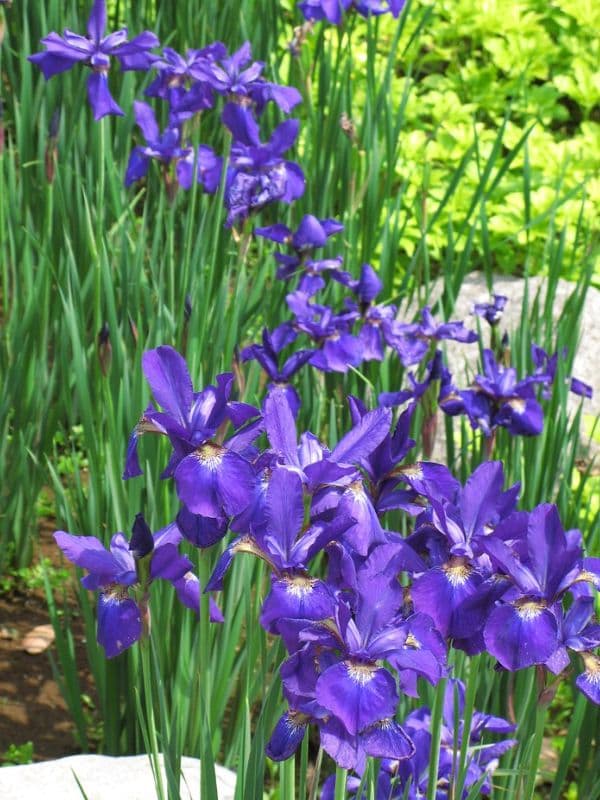
It has a hollow unbranched flowering stem, that grows up to between 30 and 90 cm (12 and 35.5 in) long. The stems bear two to three flowers, at the terminal ends in early summer, between May and July.
It has three green spathes (leaves of the flower bud), that are reddish at the base, measuring 5–7 cm long and 1 cm wide. It then has a brown papery tip.
The flowers come in a range of reddish-purple shades, from blue to blue-purple, red-violet, with a rare white variants. The flowers are 6–8 cm in diameter.
It has two pairs of petals, three large sepals (outer petals), known as the ‘falls’ and three inner, smaller petals (or tepals, known as the ‘standards’). The large obovate (shaped like an egg), drooping ‘falls’ have reddish-purple veins on a white or yellowish signal. The smaller, erect obovate standards are 4–5 cm long and 1.5 cm wide.
It has perianth tube of 8–10 mm long, 3 cm long white filaments, yellow anthers, a cylindrical ovary 1.5–2 cm long by 3–4 mm wide, and reddish-purple style branches 3.5 cm long by 5 mm wide.
In July and September (after the iris has flowered), it produces a seed capsule, which is ellipsoid or cylindric in form and measures 3.5–5 cm long by 1.2–1.5 cm wide.
As in many other irises, most parts of the plant are poisonous or toxic (rhizome and leaves); if mistakenly ingested, it can cause stomach pains and vomiting. Also handling the plant may cause a skin irritation or an allergic reaction.
Iris sanguinea is thought to be easy to grow. It is sometimes described as “prolific”, meaning it can be invasive when the conditions are optimal.
It will tolerate temperatures of −3.8 °C (25.2 °F) down to −34.4 °C (−29.9 °F). It is hardy to USDA Zone 4–9, and Zone H2 (which means hardy to −15 to −20 °C (5 to −4 °F)), in Europe. It is hardy in the UK, but will not survive wet winters in cooler parts of the world.
The iris should be grown in well-drained, neutral to slightly acidic soils (the pH level should be more than 5.6) with plenty of organic matter, or loam.
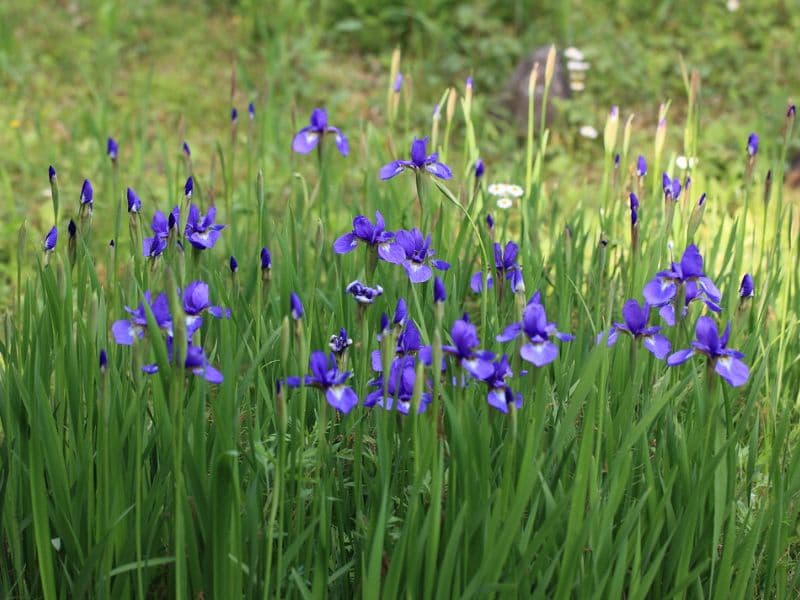
It prefers positions in full sun, but can tolerate partial shade (with some hours of sunlight).
The plant needs moisture during the growing season (in spring and early summer) to create the best blooms. But it does not grow in the water, although it will tolerate occasional flooding.
II. How to Grow and Care
Sunlight
Blood iris likes sufficient sunlight. It needs to receive more than 6 hours of light per day and can be planted in a garden with no shade. It can also grow in slightly shady environments, but the quality of its blooms and disease resistance may decrease. Some varieties tolerate environments with less light and can grow in the shade of other plants.
Temperature
Plants of the Iris genus are mainly distributed in the temperate zones of the Northern Hemisphere. The majority of its species are hardy, except some dwarf species that require hay or bark to cover their roots to overwinter in cold regions. The need for water among different Iris species varies, too. Some Iris likes moist environments, and some species can even grow in water.
Watering
Originating from damp meadows in Asia, blood iris thrives in moist conditions but is also remarkably drought-tolerant once established. Its water habits are a balance between its need for consistent moisture and its ability to withstand short dry periods. Watering should be done every week to maintain this equilibrium. Blood iris is typically grown outdoors where it can capitalize on the natural rainfall patterns, especially during its active growing season when adequate hydration supports its vibrant flowering.
Soil
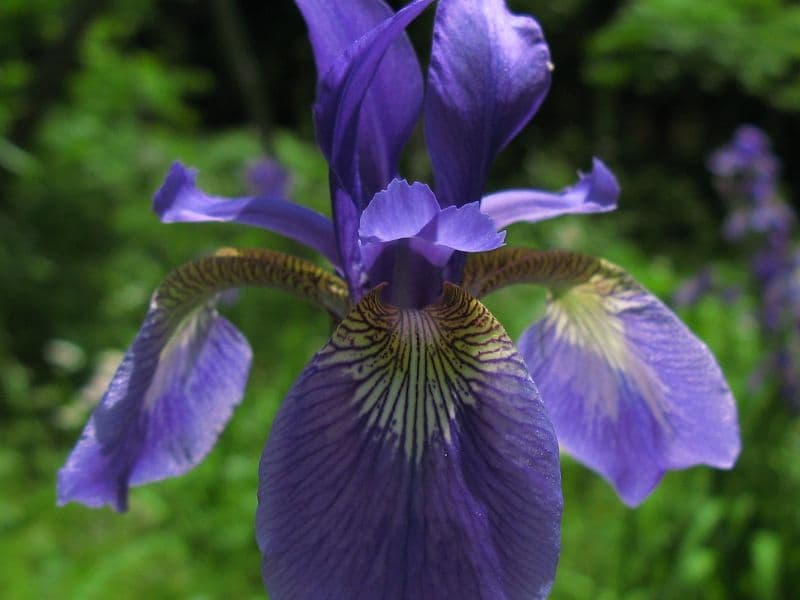
Blood iris likes loose, fertile, and well-drained soil, but can also grow in dry and barren earth. It likes slightly acidic or neutral soil with a pH value of 6.0-7.0. Sulfur can be added to improve alkaline soil, while lime can be added if the soil is acidic.
Fertilizing
For optimal growth of blood iris, utilize balanced nutrition fertilizers in the growing season for vigorous foliage and switch to high phosphorus fertilizers pre-bloom to boost flower production. Fertilize every 4-6 weeks, with quantities as per product guidelines, diluting to half-strength to prevent root burn. Variations in growth stages and seasonal changes necessitate reduced winter fertilization. Practical tip: Water blood iris before applying fertilizer to assist nutrient absorption and reduce shock. Regular fertilization benefits blood iris’s health, enhances blooming, and fortifies resilience against disease. Special care: avoid over-fertilization to prevent nutrient runoff and potential environmental harm.
Planting Instructions
It’s best to plant blood iris in the summer. Choose a spot with ample sunlight and good drainage, and turn up the soil to 25 cm deep. Then topdress with fertilizer and mix in evenly. When planting, you can cut the leaves to 15 cm in length, which helps reduce water evaporation and increase the survival rates. Finally, cover the rhizome in the soil. Avoid letting the roots get dehydrated for too long during planting, and water right after planting.
Pruning
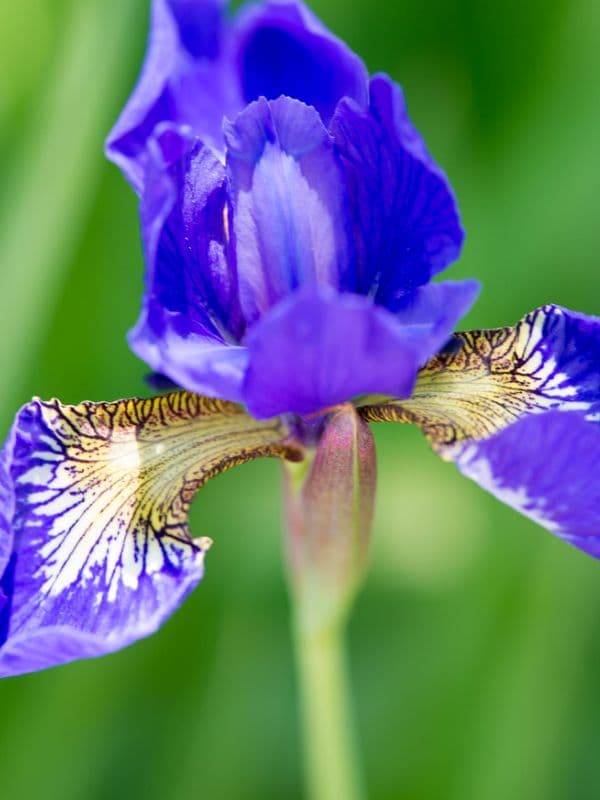
Cut off the bloom-bearing stalks after blooming to reduce nutrition consumption. Some varieties may bloom again. In the fall, prune old and dry leaves to improve the plant’s inner ventilation and prevent pests and diseases.
Propagation
Because seeding may result in changes in the colors and shapes of flowers, it’s best not to propagate the plant by seeding. Blood iris can be propagated by division, and it is usually carried out 2-3 months after blooming. Divide the plant with a sharp knife, retaining a 15 cm-long rhizome on each piece. Cut off the old, dried parts and trim the leaves to 15 cm in length. Keep the plants 30 cm apart from each other (for dwarf varieties, the distance can be reduced to 15 cm).
Transplanting
The optimal season for transplanting blood iris is during the tranquil periods of late summer to early autumn, as it enables ample recovery time before winter. This plant thrives in sunny, well-drained locations. Remember to water regularly after transplanting to ease the transition.
III. Harvesting and Storage
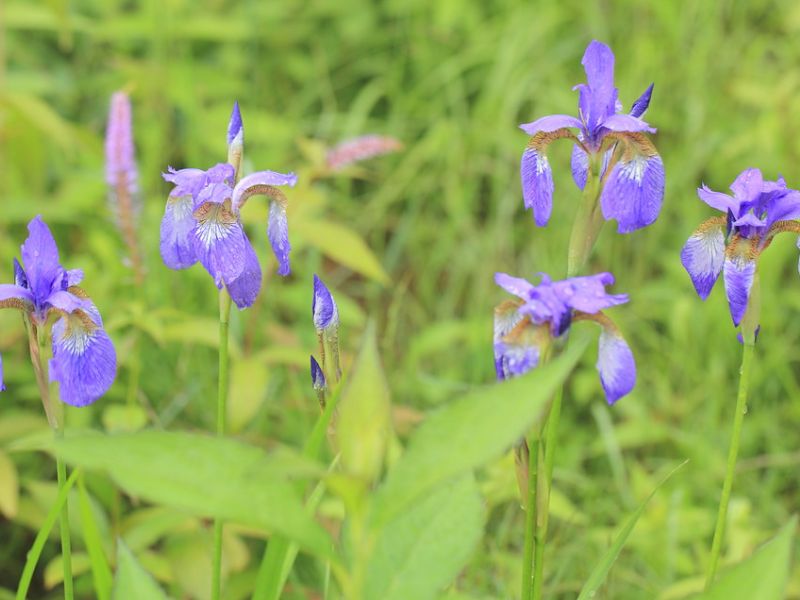
Blood iris flowers can be harvested for bouquets. Choose not-fully-bloomed flowers and cut them off from the stem base obliquely with a pair of sharp gardening scissors. Quickly put the flower in a vase with clean water to avoid its dehydration.
Find Where to Buy the Best Blood Iris (Iris sanguinea)

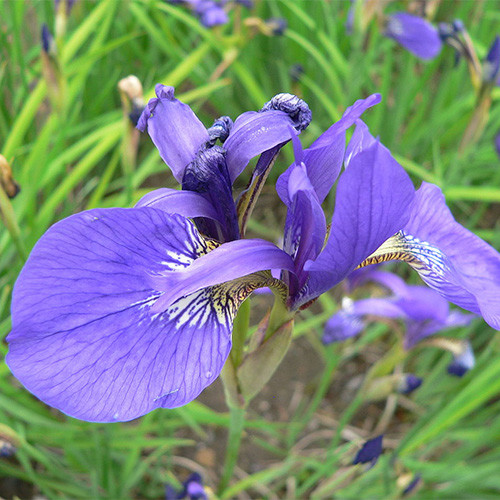



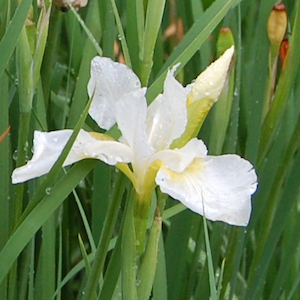

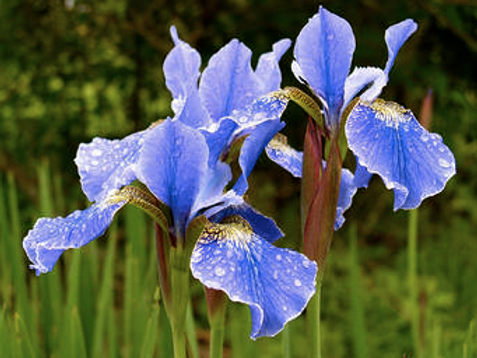










Leave a Reply